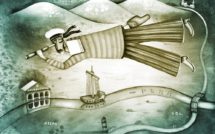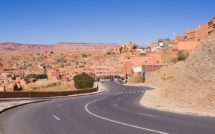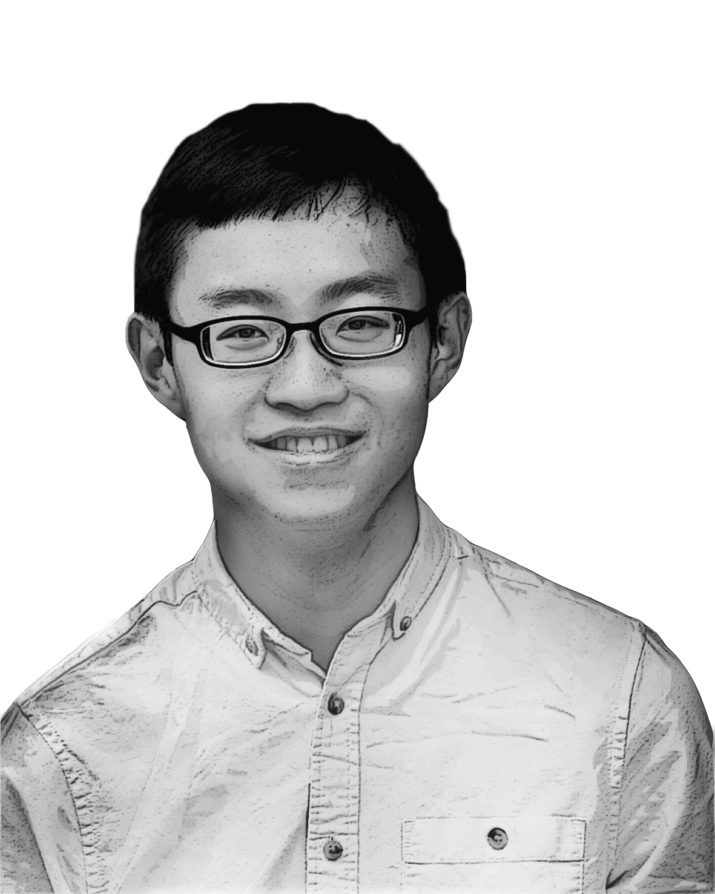
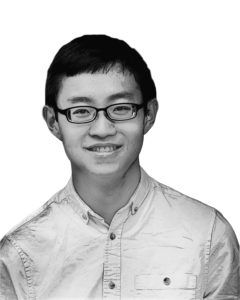
This is part of our special feature on Tourism: People, Places & Mobilities.
I.
Now that we live in the same house, it sits on a glass shelf in the hallway, dark lens winking when the lights come on. A cataract of dust, invisible except at certain angles, cloaks the curved surface, and we suspect its inner mechanics are awry. Yet its power, like any faithful door-god, derives not from where it is but where it’s been: once the all-seeing traveller, it now keeps watch over our going out and our coming in.
Two months after high school, Dad and I flew to Yangon – just the two of us, packed light – and from there to Bagan and Mandalay. We’d travelled together before, visiting the floating markets of the Mekong delta and Penang, his birthplace, in Malaysia. But for the first time that year, as we picked (and lost) our way along Inle Lake, high in the Shan hills, I began to notice the person my father was, with his eye pressed to the viewfinder, keeping time, imperceptibly, for the perfect shot.
By then, it was already part of my life. Growing up in Singapore, I would slip out of school on long, bone-dry afternoons, taking the newly-opened underground line to each unfamiliar station, with Dad’s camera stashed in my shoulder-bag. I had convinced myself that analog photography was the real deal, and spent a chunk of my monthly allowance on spare film and other paraphernalia: fish-eye lenses and cheap filters that soon filled a small cupboard in my room.
On Fridays, we had early lunchtimes at school, and I would hightail it to the Fujifilm store tucked in the basement of our mall, where last week’s prints were waiting in a nondescript envelope. There was a counter by the door where one could check the negatives, and it was there, perched by that narrow ledge, body angled away so no-one could rob me of a first look, that I became acquainted – as surely we all must – with serendipity and disappointment.
In a sense, I learned this from the camera itself: the decisiveness of the falling shutter, after which no false step could be undone; its mysterious, matt-finish skeleton that promised nothing but a chance of delayed gratification. And equally, in turn, from my father. An infinitely (and sometimes infuriatingly) unhurried man, who could spend hours of precious travelling-time on the same foot-bridge, waiting with a fisherman’s patience for a shift in the light.
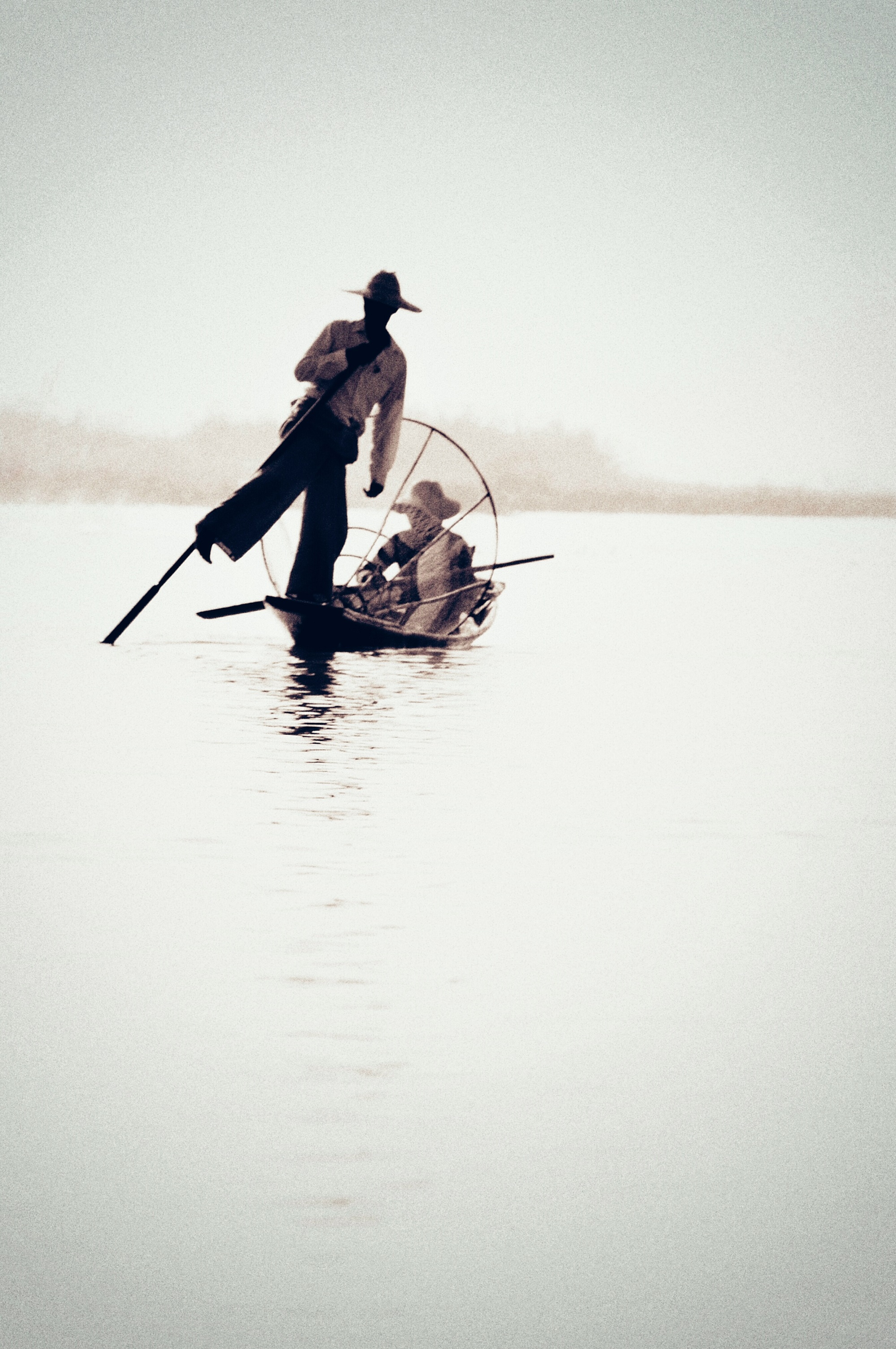
Fisherman on Inle Lake, Burma (Myanmar), February 2013
II.
One of the first pictures my father took is of his sweetheart – my mother – at lunch in their university hostel. He’s caught her turning towards him and her features are blurred, but light from the open window falls on her cheeks and forearms, her bookshelf, and a clutch of roses on the far left. A teddy bear and an unopened jar of pineapple tarts sit on her desk, next to an old radio: a smaller version of the one grandfather uses to tune in to the lottery.
The Pentax P-50 was first issued in 1986, when Dad was a little younger than I am now. Light for its time, the P-series boasted exposure control and depth-of-field preview, and easily became an enthusiast’s favorite. Dad’s was acquired secondhand, from a classmate who was saving for a newer model, and stayed by his side as he and Mom graduated from medical school, weathered their first, brutal years as junior doctors, then brought me into being.
His images show a different world. Young people in high-waisted trousers lounging on the university stairs; my cousin knee-deep in long grass on his first day at school. Things are changing quickly around them – political suppression on Tiananmen Square, and closer to home, have left the country reeling – but not quickly enough, just yet, to weigh on their lives.
Paired with that photograph of my mother is another taken on the same afternoon, a still life showing her table from above: a tin of rice on a knitted placemat, boiled peanuts, canned meat cut sparingly into cubes. It’s hard to tell if a second porcelain bowl, plain and off-center, is my father’s, but I like to think of them sitting together at the cluttered desk, their study things cleared aside, and Dad reaching for his camera to commit the afternoon to film. A meal made to last.

Mother’s table, Singapore, c. 1988
If the albums are to be believed, I was an inquisitive (or impish) kid, always pulling a face or looking elsewhere while my cousins posed for family portraits. There I am, framed by stacks of LEGO or patterned sheets, the rest of the furniture receding into the background. Not yet my father’s double, but already unsettling the composition, becoming the person I am now.
Who are those we photograph, or perhaps I should ask, who are they in our eyes? In 1996, we flew to see friends of my parents at grad school in Southampton, and detoured to the fabled institutions at Oxford and Cambridge. One of Dad’s pictures shows us on an open-topped bus: Mom young and windswept, jacket defiantly open in the cold, and me, zipped to the chin in a red and blue coat. She’s trying to get me to look at my father, but he’s caught me – as if by some sixth sense – turning sideways, eyes fixed on a strange city I will come to love.
III.
From May morning to late Autumn each year, Oxford (already cosmopolitan by most standards) is transformed by visitors from around the world, eager to stage wedding photographs in gnarled doorways or give their thrilled children a taste of Hogwarts. Coffee-shops and theatres fill up with their clipped and swirling vowels, teasing inflections from a world beyond the spires.
Towards the end of September, there’s a subtle shift. Fewer selfie-sticks brandished at bizarre angles on Cornmarket Street, more worried parents with college maps, overweight suitcases, and restless siblings in tow. Over the coming months the city shrouds itself again in quiet introspection, welcomes visitors of a different sort: badgers rummaging for winter reserves in the leftover warmth, and the last, late red kites quartering over fields of stubble.
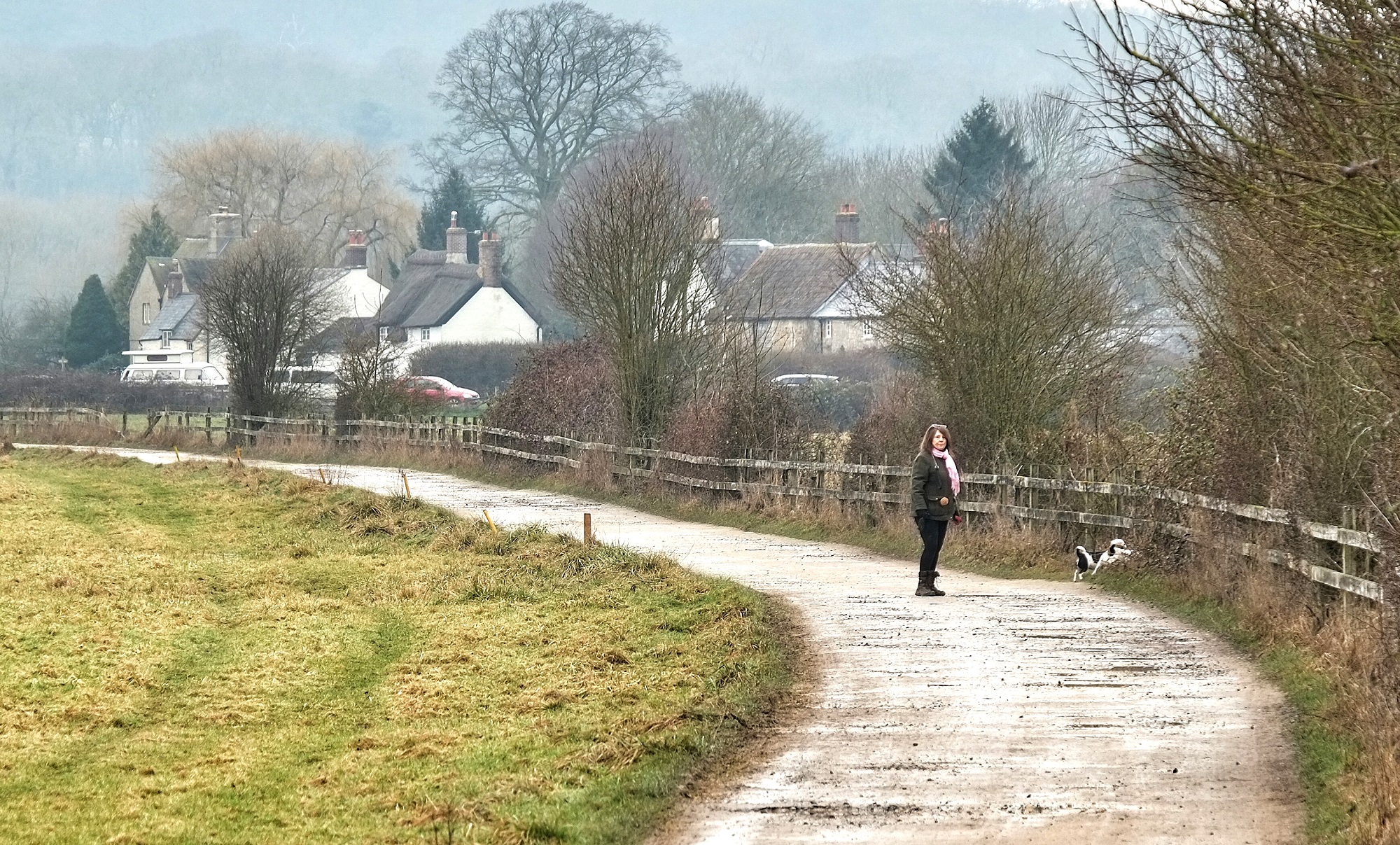
Footpath to Binsey, Oxfordshire, February 2017
One March evening I cross the Thames, snug in the deepening hush, and kneel by the cycle-path to steady my camera against a bench. The days are starting to lengthen, and even after dark the city’s sandstone carries a rim of amber: part refracted sunset, part urban glow. I flick the exposure to the longest setting – half a minute – and wait.
I don’t know it at the time, but these are some of the only pictures I will make of the city where I spend four unexpected, life-altering years; a measure of time that, like a set of fragile negatives, I am only beginning to process months after leaving. Looking through my own photographs, I realize that the city where I have experienced true welcome, the city whose stories I still take pride in telling, is the one I am most reluctant to photograph.
Part of this must come down to a fear of not belonging: how often during the tourist season I am stopped trying to enter another college for a seminar or tutorial, my heavy bag and Asian features coding me as yet another trespassing visitor. A camera will only make matters worse, I tell myself; it is by not carrying one that I claim my place here – a claim so mundane and yet so necessary that I forget I am making it – and prove I know these streets more than superficially.
But there is also something about the place that defies composition, refuses to be nudged into perspective. The city is so layered, so whole, that I can only move and see within it; I have not yet found the distance to take vantage from. It is almost as if every time I try to fit it within a frame it looks away, and I cannot help but catch it in the act of turning.
Sure enough, by the time I get back to my college room, the images that come up on my computer are blurred, marred with dust and dark. Lit windows have left squiggly lines on an imperfect horizon, and I know my hands must have been shaking without my noticing.
IV.
In the end, of course, it is Dad who photographs the city I adore: on brief, meticulously-planned visits, while I’m in class or at meetings, or waiting for the graduation ceremony to begin. In my mind’s eye he keeps to the lanes’ sharp edges, vanishes and reappears among tour-groups, lifts his lens only to put it down again. Pace is everything. He is deliberate, even philosophical. I see him searching the windows, arches, and faces with mathematical care.
On one occasion, I accompany my father through the University Parks, a short walk from where I live. We go past my department and around the Natural History Museum, take the main path leading to the river where he pauses to photograph a flock of mallards and their reflections in the water. All around us are the sounds of life returning to the city: students catching up after the Spring break, children leaving school, a commotion of geese.
What he finds here is none other than what he sees on the open-topped bus, years ago, or in the calm clutter of my mother’s desk; a setting – a place-holder, even – for love, a frame not for an image but for all of love’s components: distance, light, anticipation. He tells me at the end of our last visit that these trips give him a sense of who I am becoming, the shape of my life here, in this distant climate. His pictures of Oxford are attempts to approximate the world I am in; not unlike how I can look at them now, see my own city through these photographs, and enter his.
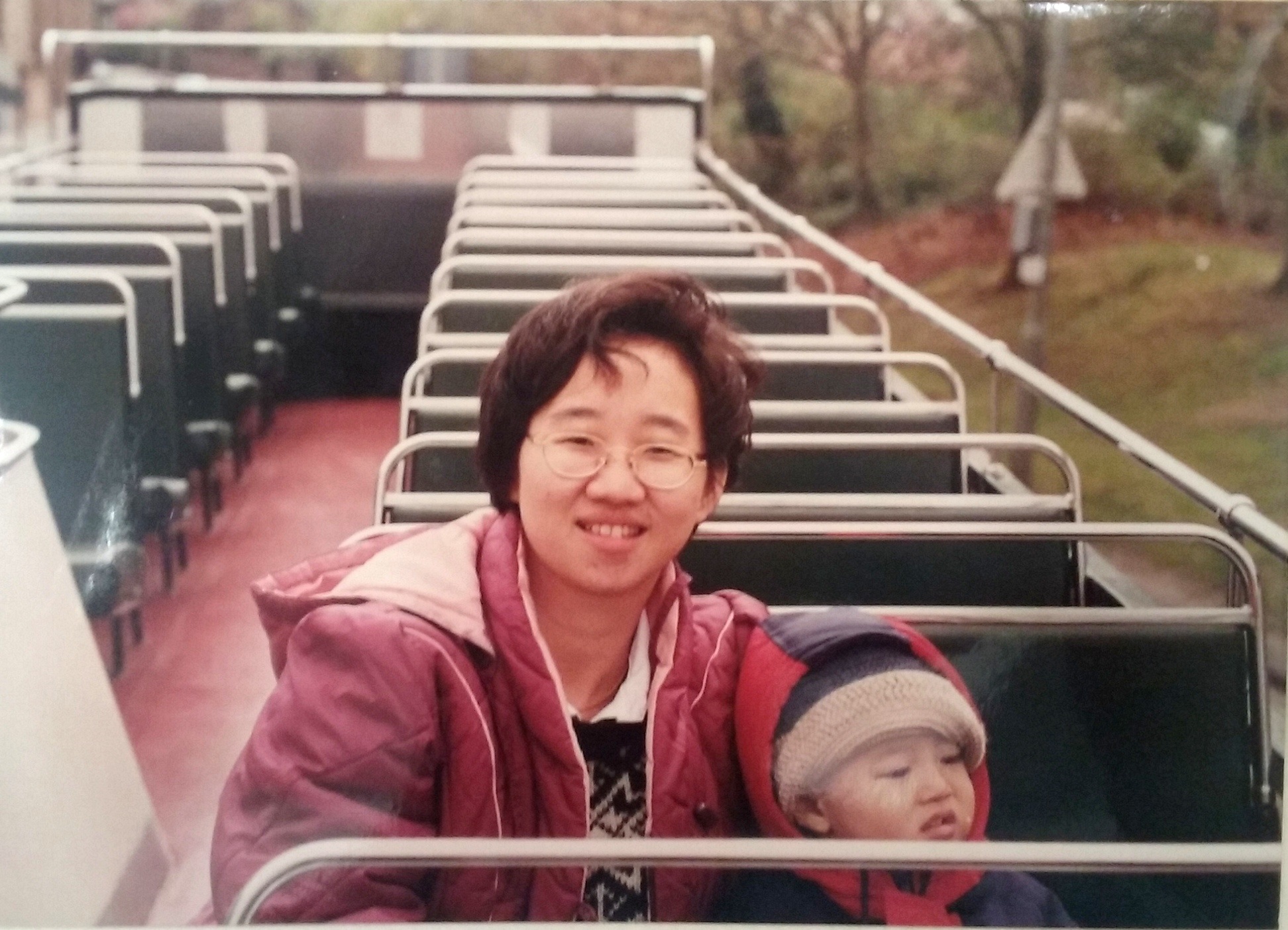
On a visit to Oxford, c. 1996.
And what of this piece of writing, this attempt to see my father (to see as my father sees) in the light of returning home, that is to say in this present light? It has been a struggle to frame this right, not as a portrait of my father alone, but, because I have chosen the images to tell his story. It is a portrait of us both; or more accurately, my portrait of the two of us.
Perhaps having come home for the time being, I am still learning to see the man whose eyes I’ve come to look through, who in so many ways has taught me to see.
My father’s first camera – and mine – sits on a shelf by the door, marking a threshold of sorts through which we both pass. All-seeing traveller, it holds us at bay, and together; still travelling, by some strange force still covering that distance between us, and between us and forever.
Theophilus Kwek is the author of four volumes of poetry, most recently The First Five Storms, which won the 2016 New Poets’ Prize. He served as President of the Oxford University Poetry Society, and is now Editor of Oxford Poetry.
Photo credit: Daniel Kwek

